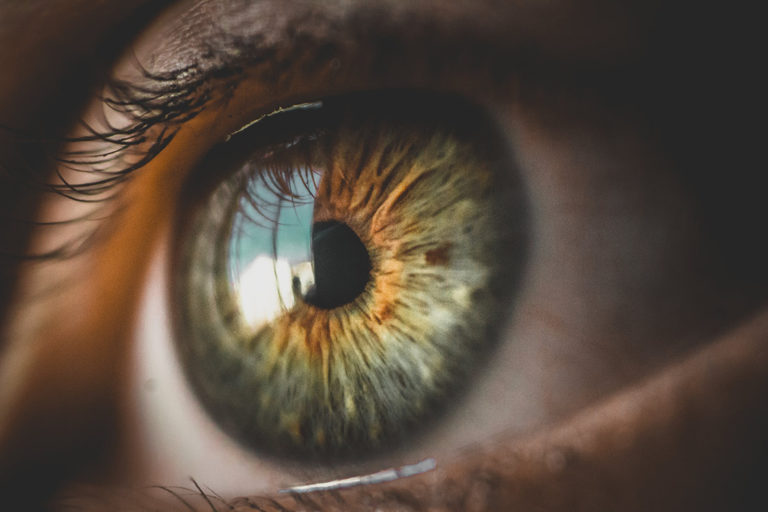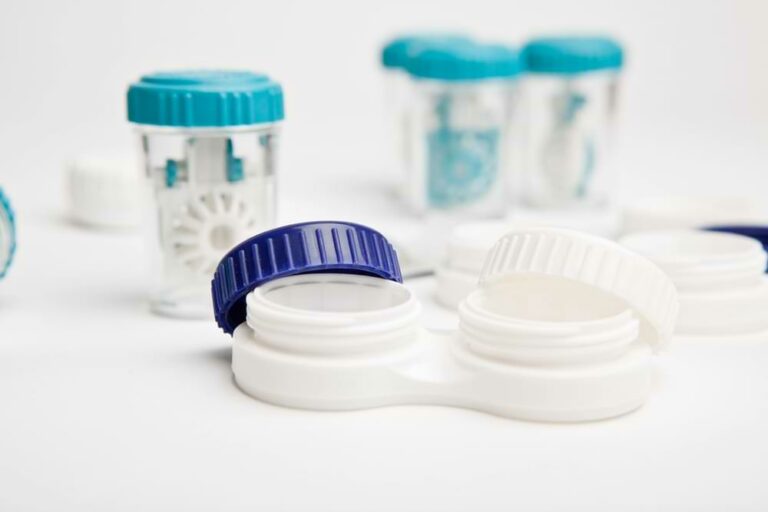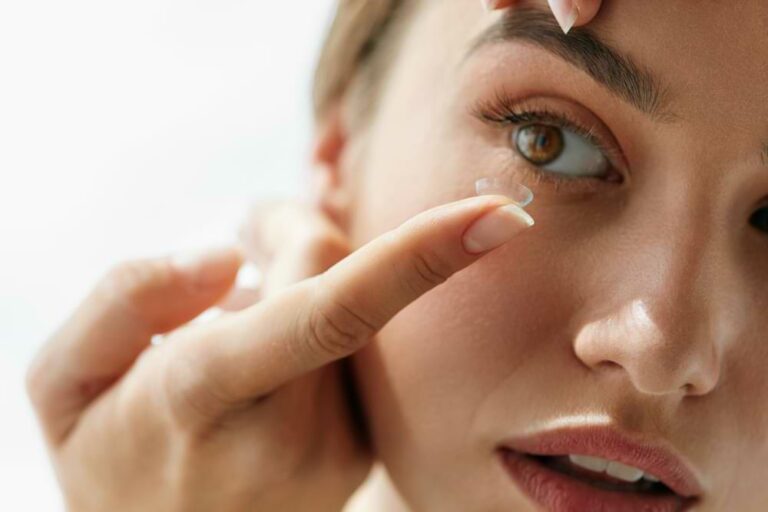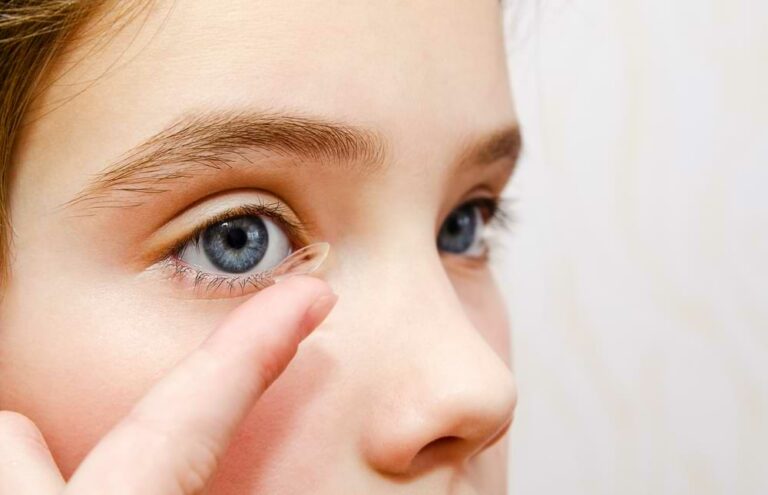
Ortho-K Lenses: 15 Frequently Asked Questions
To help you understand the opportunities now available with orthokeratology, we’ve put together a list of frequently asked questions that we often get from patients.

Keratoconus is a condition that affects the cornea of the eye. The cornea is a thin, transparent layer forming the “window” of the eye, allowing light to enter and contributing to most of the focus. Keratoconus causes your cornea to thin, weaken, and distort, meaning the shape of the eye changes from spherical to a weird, cone-like shape. This affects the way light enters your eyes, distorting your vision.
What causes it?
Keratoconus can be caused by several factors, many of which are out of our control. The most common causes include genetics, collagen disorders, hormone changes and eye-rubbing. Because Keratoconus is often diagnosed during puberty and is known to progress during pregnancy, researchers believe that the endocrine system (hormones) may play a role in this condition.
Eye-rubbing is often caused by dry eyes and allergies- this can be managed with appropriate treatment and advice. Progression of this condition can also be related to ill-fitting contact lenses- which is why it’s so important to be fitted with contact lenses with your qualified optometrist.
How Can I Tell if I Have Keratoconus?
The earliest symptom of keratoconus is frequent eye-rubbing because of itchy eyes- often linked to allergies like hayfever and eczema.
Blurry vision is also a symptom- often even with corrective glasses. Many report hazy vision or ‘ghosting’, where it looks like a second image is superimposed on top of the first
What tests will I need to have?
Once your optometrist has identified tell-tale signs of keratoconus, you will likely have a corneal topography (CT) done.
This measures and maps the precise shape of your eye – much like a geography topography map. These specific measurements allow an optometrist to select the best type of contact lenses customised to your eyes, as well as monitor the progression of your condition.
A CT scan is the most important diagnostic tool an optometrist will use for Keratoconus cases.
Am I Going to go Blind?
The short answer is no. When managed correctly, less than 5% of those suffering from keratoconus lose their sight or require a corneal transplant. The condition usually stabilises in your mid-late 20’s.
What Are My Treatments Options?
There are both non-surgical and surgical treatment options for Keratoconus.
Non-surgical management can include glasses and allergy management to combat eye-rubbing, but the use of rigid, gas permeable contact lenses underpin this disease management.
Hard contact lenses
These specialised lenses require an advanced fitting, so it is hugely beneficial to see an optometrist who specialises in such fittings- at Optometrist Parramatta we have several Keratoconus cases and fit all types of Keratoconus lenses to manage this condition.
Corneal Collagen Cross-linking:
An innovative technology around for approximately 15 years, Corneal Cross-Linking (CXL) involves exposing the eyes to ultraviolet (UV) light in combination with Vitamin B2 eye drops. This causes the collagen fibres in the cornea to form links, thereby strengthening the cornea and helping it maintain its shape. This treatment is used as a preventative measure- it halts the progression of Keratoconus, although it can take up to a year to see the full results.
Corneal transplant:
If all else fails, a corneal transplant can be considered, but this is generally only considered in very progressed cases. With correct management, we aim to keep our patients away from corneal transplants for as long as possible- and ideally for good.
Correctly-fitted contact lenses will almost always give you far better vision than any other treatment alternatives.
If you’d like more information on keratoconus, drop in or make an appointment today!

To help you understand the opportunities now available with orthokeratology, we’ve put together a list of frequently asked questions that we often get from patients.

Have you ever wondered if you’re cleaning and storing your Ortho-K lenses properly? Improper use of Ortho-K lens solutions for cleaning and storage may lead to serious eye infections.

With proper technique, inserting and removing Ortho-K lenses is not as intimidating as you might imagine. Book a consultation to learn more.

Learn about Ortho-K lens side effects and choose the best option for healthy eyes. Book a consultation today.

How does Ortho-K combat myopia and is an Ortho-K fitting right for your child? Learn more & book a consultation.

Discover how you or your child can achieve clear vision with Ortho-K lenses in Sydney. Book a 360 Eye Examination.